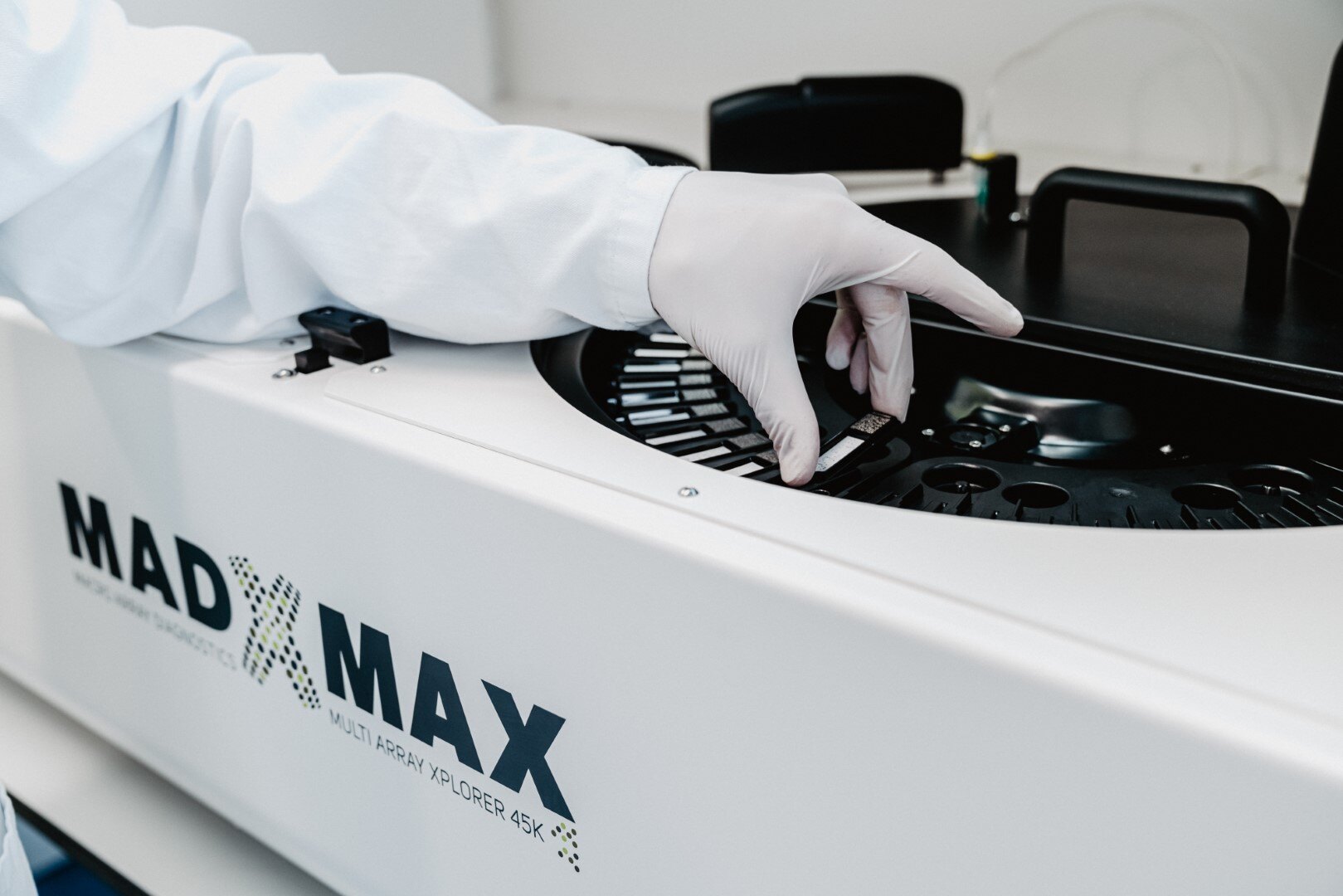
Allergy Testing for Pets
If your pet is showing signs of allergies, getting the right diagnosis is the first step toward relief. Once your veterinarian has ruled out other possible causes, a blood test can help confirm whether your pet has allergies—and identify exactly what they’re reacting to. A thorough physical exam and detailed medical history are also important parts of the process, helping to determine whether your pet’s allergy is related to food, the environment, or something else. With the right information, you can move forward with a treatment plan that brings real comfort and long-term results.
PAX® Allergy Test for Pets
Before diagnosing an allergy, your vet will first rule out other possible causes of your pet’s symptoms. If allergies are suspected, the next step is a blood test to identify what your pet is allergic to.
We use the PAX® (Pet Allergy Xplorer) test—one of the most advanced and reliable allergy tests available. It looks at your pet’s immune response to both whole allergens (like pollen or dust mites) and their individual components, giving a much clearer picture of what’s really causing the reaction.
This precise method helps us understand your pet’s unique sensitivities, so we can create the most effective allergy treatment plan—whether that means specific immunotherapy or avoiding certain allergens altogether.
-

Our PAX test is developed in partnership with the allergy testing company MAD-X
-

A cartridge is only a few centimeters long but able to identify over a 100 allergens
Food testing with PAX® & Elimination trial
Many pets react to allergens found in both their food and the environment. In fact, about one-third of pets with environmental allergies (atopy) also suffer from food allergies.
To help identify potential food triggers, veterinarians often recommend an elimination trial —a carefully controlled feeding plan where certain ingredients are removed and gradually reintroduced.
The PAX® (Pet Allergy Xplorer) test supports this process by detecting IgE sensitivities to specific molecular food allergens. This helps pinpoint which foods might cause immediate allergic reactions and guides the selection of safer ingredients for food trials.